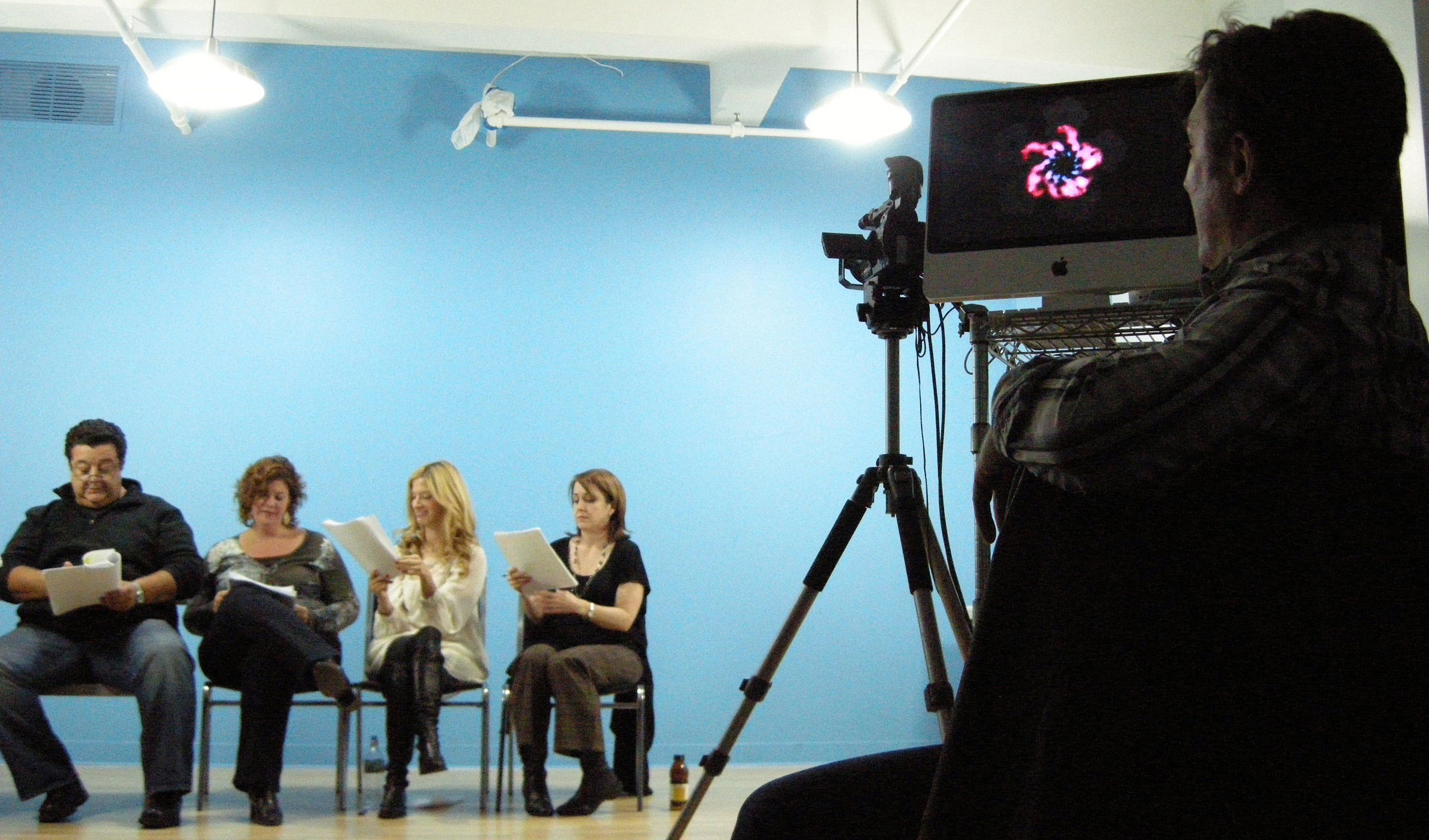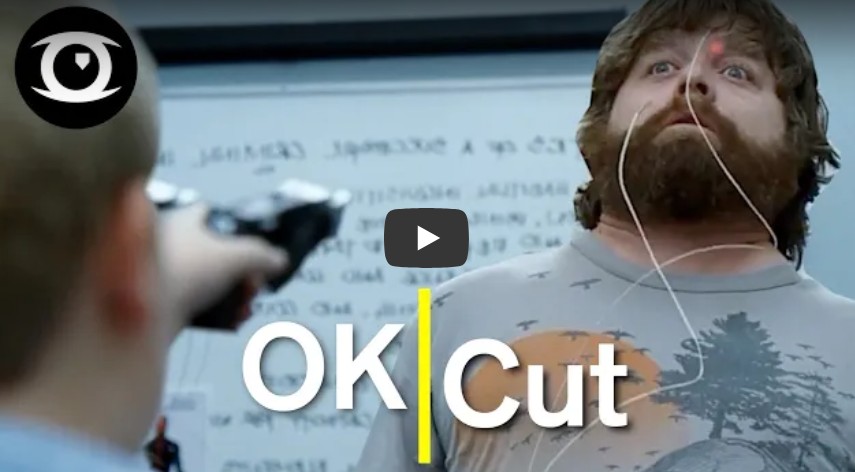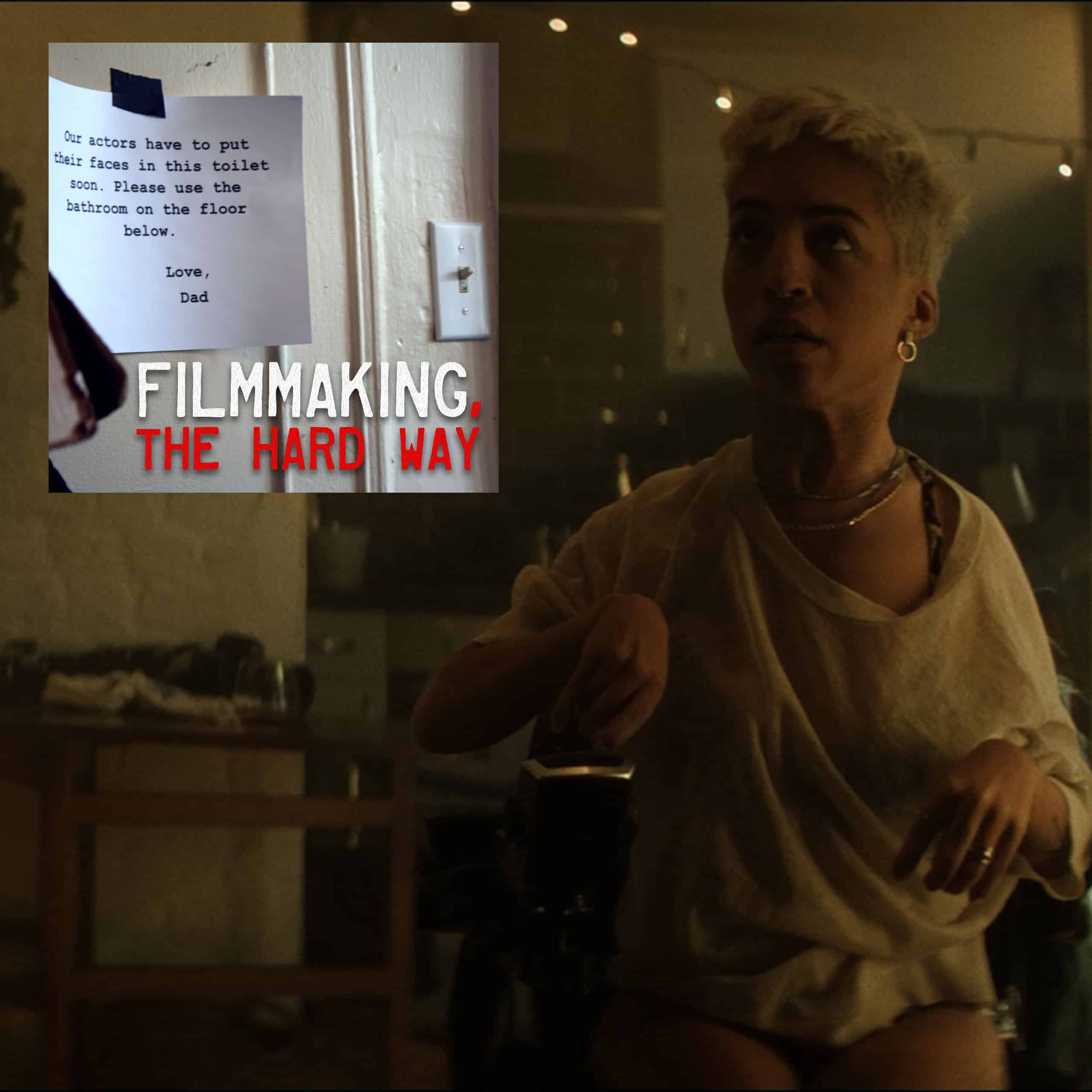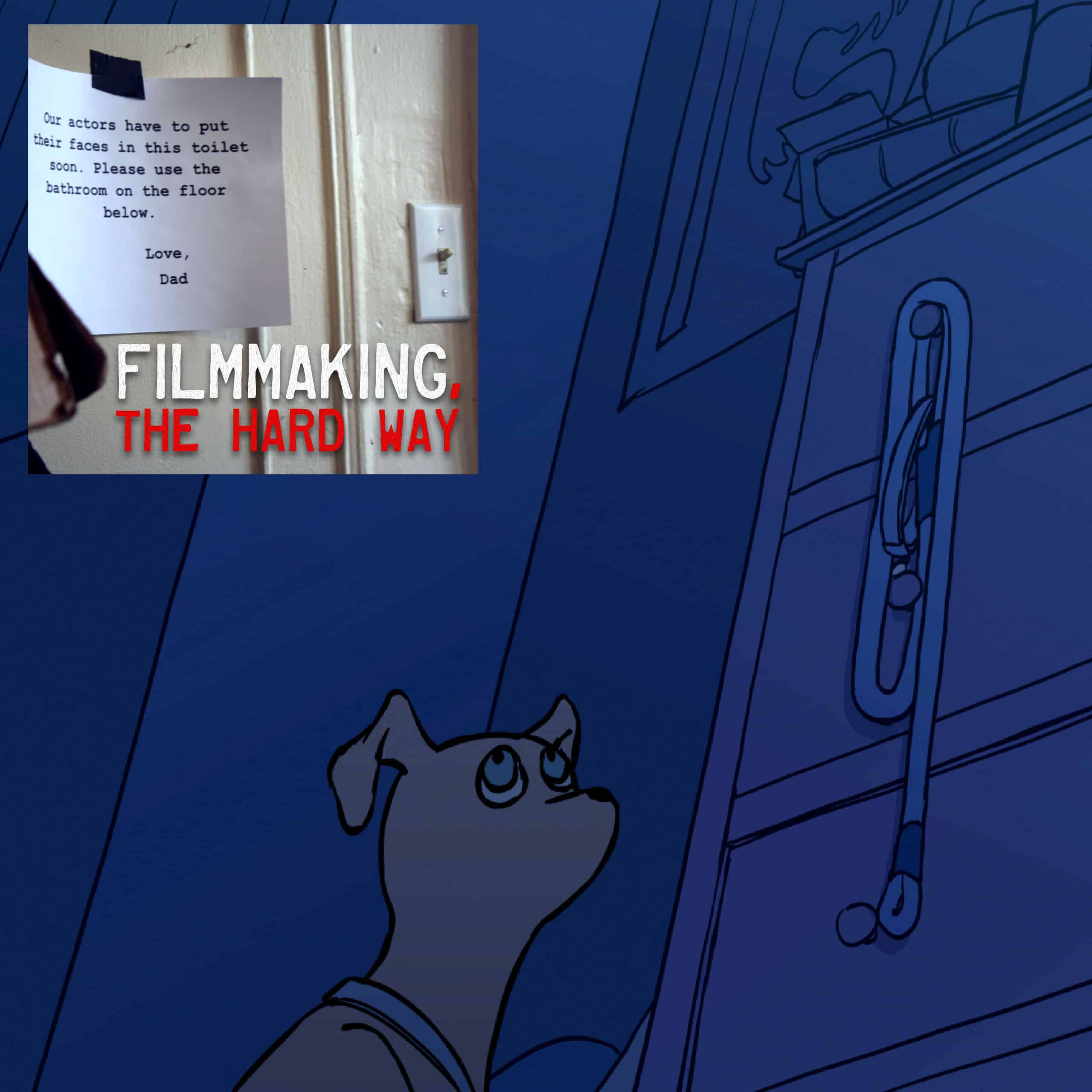
ARTICLE: A Better Way
A Casting Process Alternative
:: by Josh Folan :: 10/15/14 ::
If you’ve ever cast a narrative project before, I’m guessing it went something like this:
- You or your casting director sent out a tersely-worded list of character descriptions to actors/agents.
- A plethora of actor submissions came pouring in, far more than you could realistically sift through and assess the worth of.
- You picked a handful of those submissions based mostly on their resumes/pictures/video and, if you’re fortunate enough to have a good casting director, recommendations of actors they are familiar with the work and appropriateness for your needs of. You emailed them small excerpts from your script to prepare in advance, having no context on their place in the story. Or, if you did make the full script available, did not provide nearly enough time for the actor to actually find time in a busy life to read it.
- These actors were scheduled for audition appointments where they were herded through a sterile studio space in five to eight minute increments, during which they are rushed through both introducing themselves as a professional human being and presenting their take on material they know little to nothing about. They either presented that take while “acting” across from an emotionless reader who could care less about giving the actor something to work with, or a casting director that is far more concerned with judging the performance of the actor than being present in the scene with them.
- The actors who best navigated a process that is NOTHING like the one the performance will ultimately be given in were then chosen for callbacks, where they came in and had to do basically the same awkward and detached thing in a room with way more people in it to stare at and critique them while they did so.
- Maybe you sat face-to-face with the top few choices and had a conversation with them, to see whether you want to spend stressful 18-hour days on set for a few weeks with the person…but probably not.
- You made your poorly informed decisions.
If you were unable to ascertain my dislike for the above process from the negativity dripping off the words outlining it, let me clarify: it sucks. It’s an atrocious way to gauge both the person and their ability to perform the role the filmmaker is hoping to cast. I have been into these rooms as an actor hundreds, maybe even into the thousands, of times – I thankfully am not keeping track. I have also sat on the other side of the table in these rooms as a filmmaker many a time, so it’s not just the spiteful actor in me that feels this way…though said persona is definitely cheering on these sentiments. The audition room couldn’t be less conducive to creating an environment that allows the casting decision-makers to gauge whether the actor could, and would be best suited to, play a given role in a film shoot setting.
So why is this how casting has been, and continues to be done? Because a better idea hasn’t been thought of, or at least hasn’t caught on, is my only guess. I meet brilliant people in this industry on a daily basis, so that shocks me, but the fact remains.
Well, I have an idea. I tested it on my last feature, What Would Bear Do?, and was incredibly pleased with the process and the results. I am doing it again on my upcoming project, catch 22: based on the unwritten story by seanie sugrue, and hopefully you will at least consider putting this antiquated horse out to pasture, and changing the casting culture in our industry, on your next project.
- Step 1: You or your casting director need to write character breakdowns that are descriptive and sell the roles you are looking to cast to both the performers and their reps. If you can’t do better than “[TOM] 30’s, police detective” for a lead role in the film, there is no question that your story and script are not to a producible point. There should be nuances, small character traits that make a person (good/compelling films are filled with interesting people, not film characters) unique, and these should be able to be spelled out in the character breakdown. Easiest way to get an agent to click right past your breakdown is for it to be comprised of a list of one-line stock character breakdowns, particularly if the producers and directors listed on the project are not well-known – which is an oxymoron, seeing as no director would become accomplished if they put forth so little effort towards casting.
- Step 2: With that posted to the traditional channels (Breakdown Services being the relative monopoly-holder here, another thing we should work to break free from), submissions will come pouring in. A casting director really earns their bread here, sifting through and sorting the haves from the have-nots, and then creating lists of vetted actors for you to consider. This is where my approach deviates from the traditional path – instead of scheduling that first round of impersonal evaluation in the form of auditions, I go through the CD’s list(s) and do my own homework on them. Look at their demo reels to get a feel for their past performances, research whether they have worked with anyone I have worked with myself or know and value the opinion of and ask for that person’s take on the performer, even just googling away on them often can shed a great deal of light on what kind of person and actor you are dealing with.
- Step 3: After comparing my own research and notes with the CD’s (you’re paying for their professional casting expertise, you should be open to their suggestions even if you don’t agree with them) we schedule general meetings. Coffee, lunch, a chat on a park bench – doesn’t matter. The idea is that you sit down with them in an informal setting and work to get them out of the mindset that they are being scrutinized and evaluated. If you are good at communicating, which you had better be if you want to be worth anything as a film director, you hopefully can get them to drop the job interview facade and get a gauge of who they really are as a person – for better or worse. Provide them with the full script at least a week in advance, and you can also get a feel for their thoughts on the material here.
- Step 4: At this point, you should have shortlisted a few actors that meet two criteria: they have somehow demonstrated ability as an actor (based on your research) and are a human being (based on your general meeting) you are at least comfortable, if not excited, to hitch your wagon to and take this long and arduous film production journey alongside. Only then do we pair them with your script to see how they fit with the material. You should schedule reasonable blocks of time with each actor, at least 20-30 minutes, and instruct them to have two contrasting scenes prepared. If you can pair them with an already-cast actor in the scenes, all the better. Shoot the sessions so you have them to review later. Work with the actor as you would on set, get a feel for their needs and preparation process and make sure they jive with the environment you intend to provide them during production. Look for red flags of difficulty throughout – once the train is moving, it is very difficult (and costly) to replace cast members.
Pending working out the financial side of things and the always near-impossible variable of scheduling, you should be able to make a choice from the above that is the best one for your material and creative environment. It’s not a new way of splitting the atom or anything, but it is a fairly different approach that I believe allows us to make considerably better and more well-informed decisions about who we are choosing to work so closely with in bringing our material to life. It is also a less frustrating process for the performers, as an added bonus…and any director that’s worked with a ticked-off actor before will attest to the value of keeping a smile on their face.




